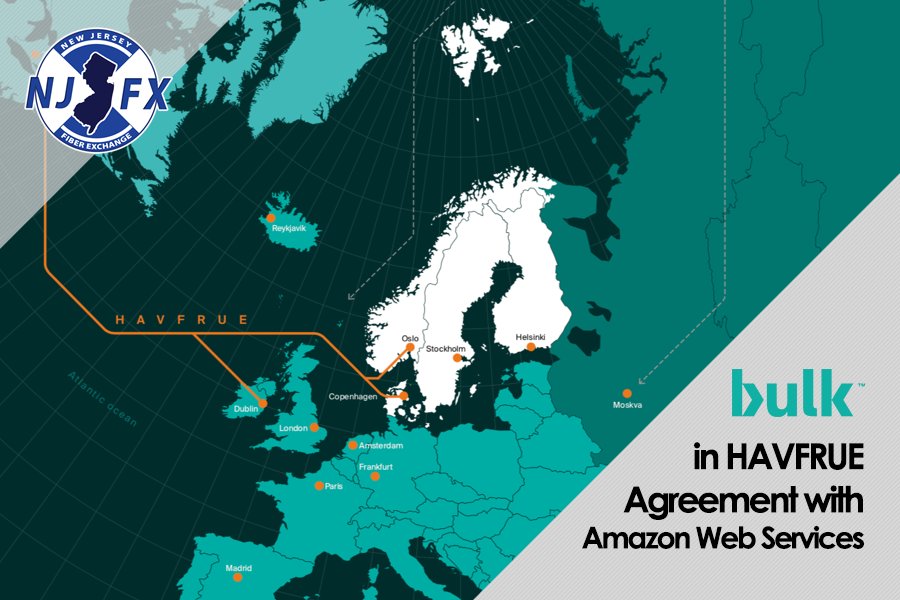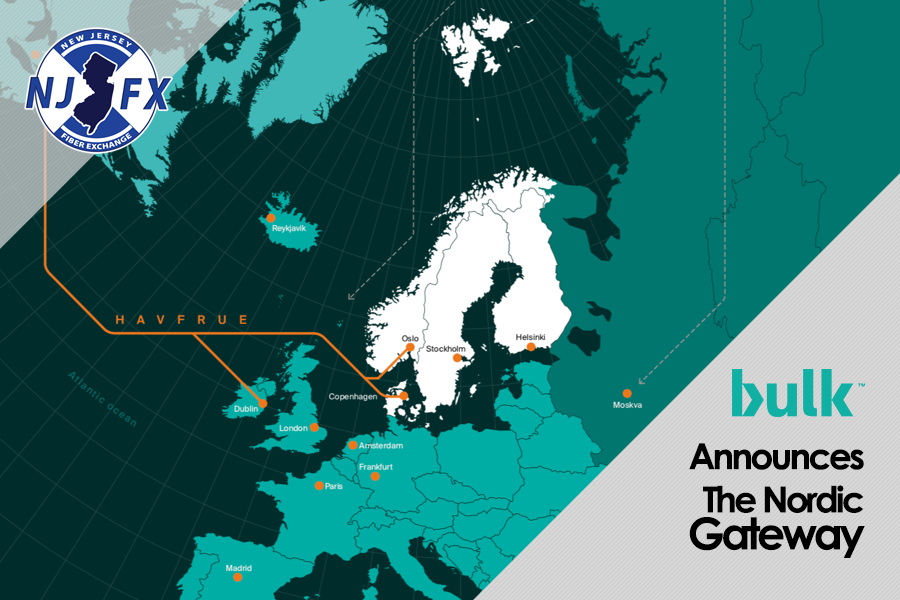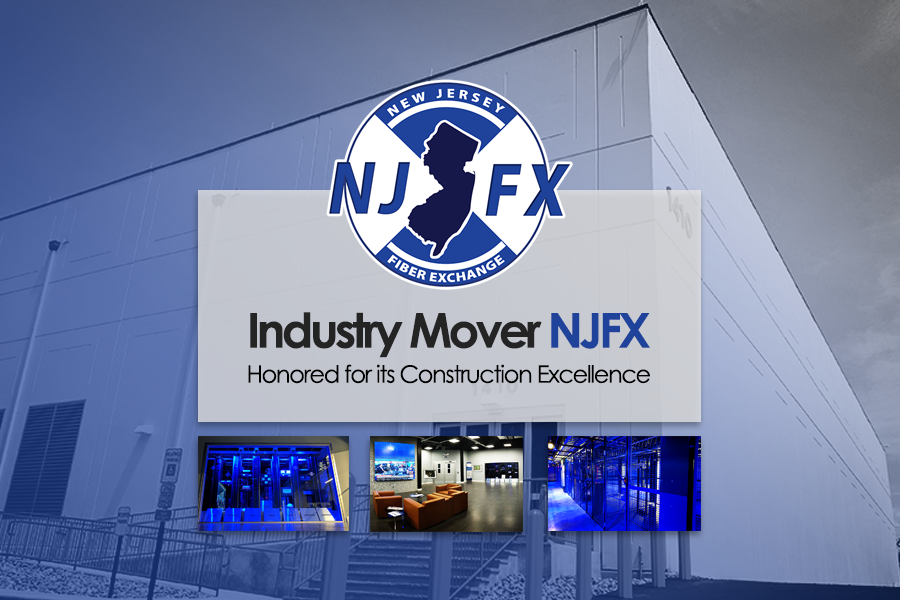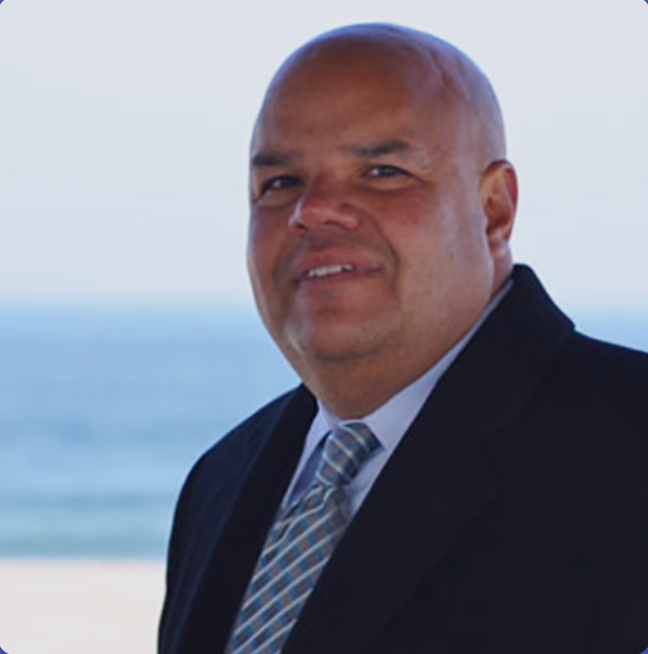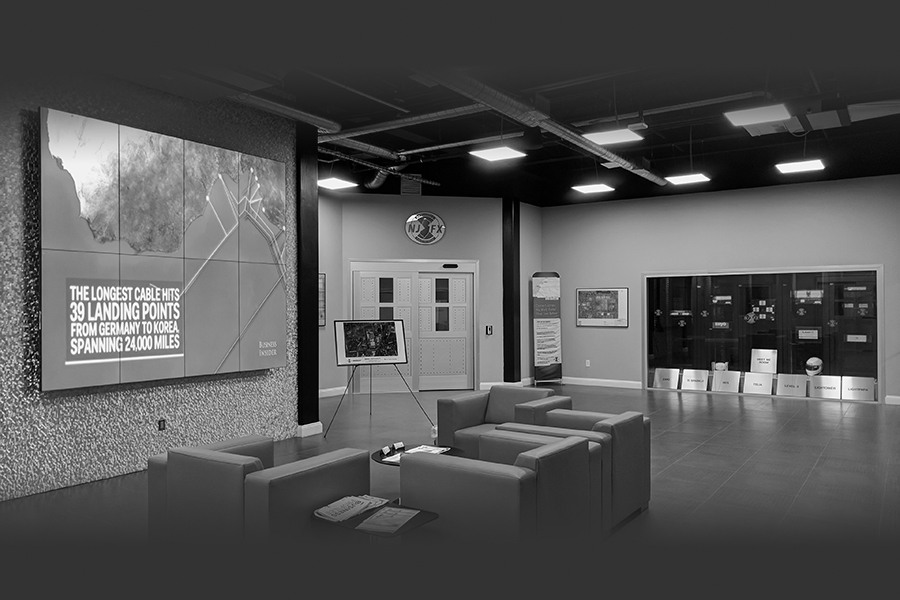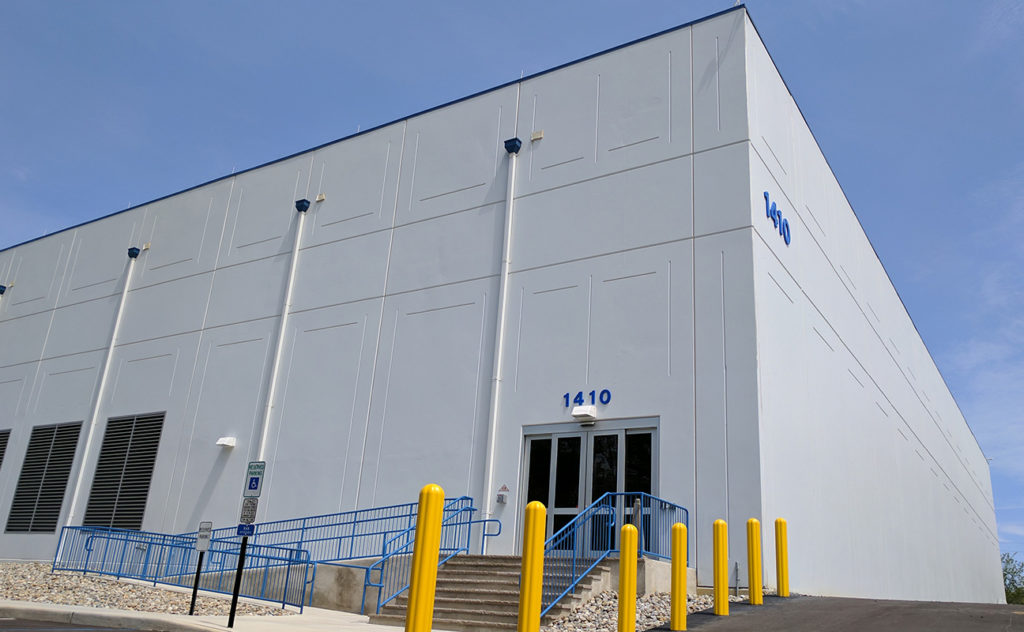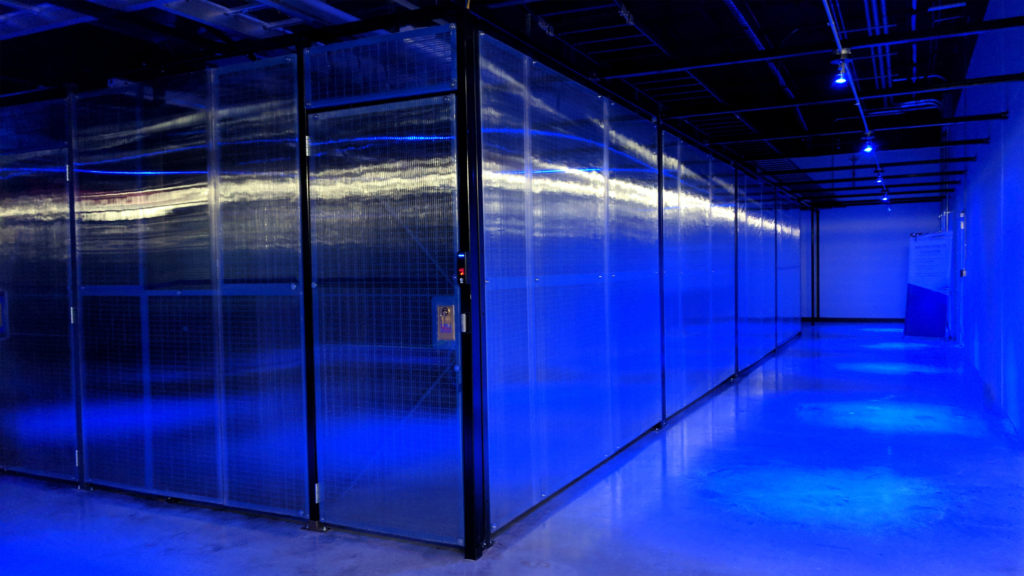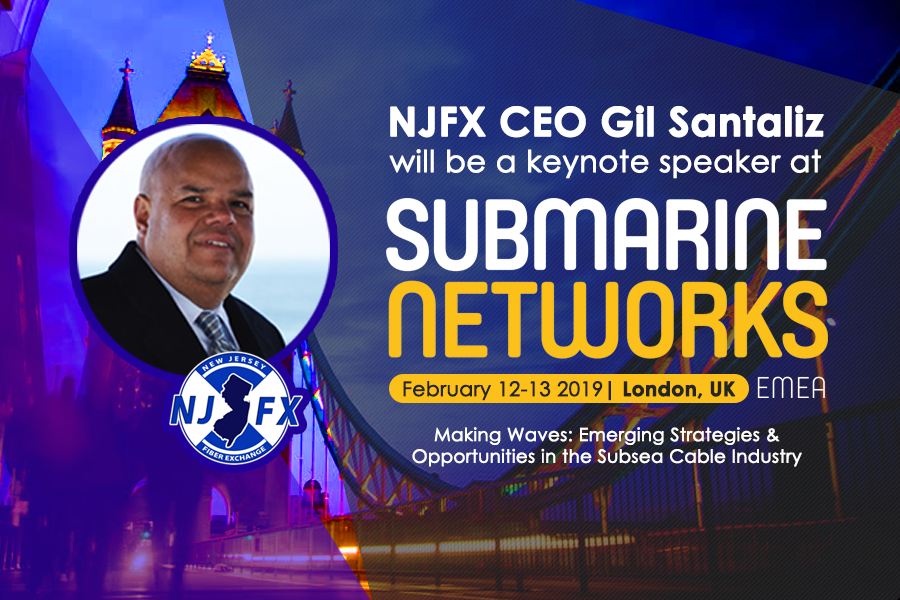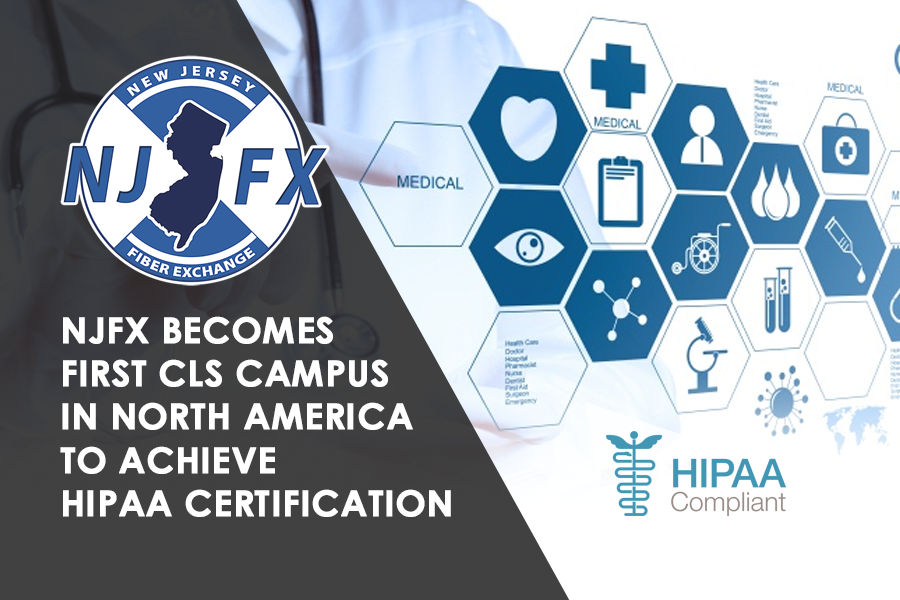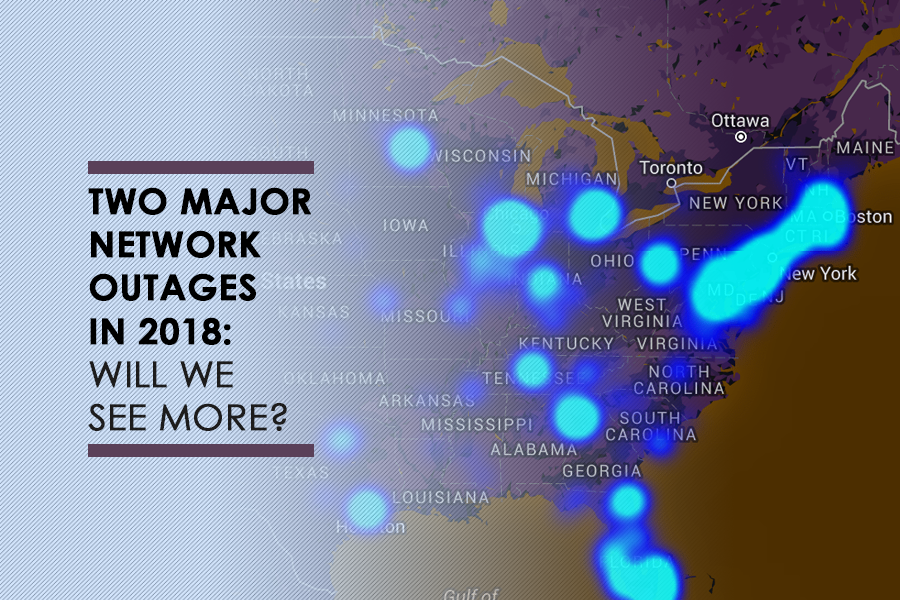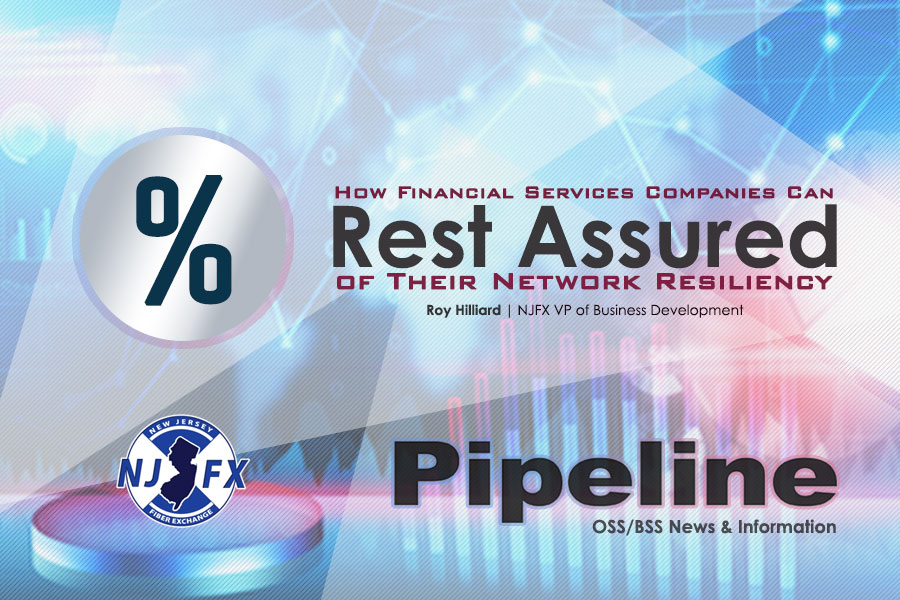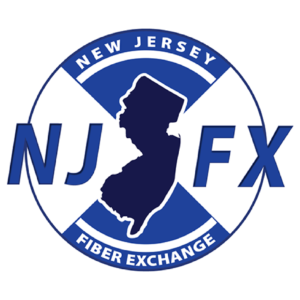NJFX Announces New Inter-Continental WAN Capabilities at WAN Summit 2019
NJFX Announces New Inter-Continental WAN Capabilities at WAN Summit 2019
global WANs today extend through CLS locations such as NJFX and provide the same operational independence and certainty across network architectures.
April 8, 2019

Wall, NJ – April 8, 2019 – NJFX, the only Cable Landing Station (CLS) colocation campus in the U.S offering, Tier 3, carrier-neutral data center capabilities, announces new intercontinental wide area network (WAN) capabilities between North America, South America and Europe through its many partners including Bulk Infrastructure and Neutrona Networks. NJFX will showcase its WAN infrastructure capabilities during the Capacity Media and Telegeography WAN Summit, to be held April 8-9, 2019 in New York City.
Conceived 20 years ago to connect geographically distributed private networks with local area networks, global WANs today extend through CLS locations such as NJFX and provide the same operational independence and certainty across network architectures. NJFX’s CLS campus offers access to five subsea cable systems, including Havfrue, part of a consortium including Bulk Infrastructure, which connects the US at the NJFX CLS to Northern Europe. In addition, through strategic partners such as Neutrona Networks, a leading technology solutions provider, NJFX customers can access points of presence in 15 countries in Central and South America, Mexico and the Caribbean.
“NJFX started the revolution in the subsea industry with our carrier-neutral Tier 3 by the Subsea model,” comments Roy Hilliard, VP of Business Development for NJFX. “We can be sure the next wave of technological advancement will be just as compelling with the onset of the Enterprise Revolution, which takes the WAN model and extends it into other continents through our unique CLS campus. All of these dynamics will spur the evolution forward and enable further operational independence for enterprises and financial firms.”
“The industry is changing rapidly with cloud and content providers creating new models of network architecture to achieve economies of scale, reliability and greater network resiliency,” comments Peder Nærbø, CEO for Bulk Infrastructure. “This is evident in our recent deal with Amazon Web Services to allow it to use our portion of the Havfrue subsea cable. As such, we value our work with NJFX as it has established itself as an innovative on/off ramp to global networks.”
“By being a part of the NJFX ecosystem, we are able to extend the WAN to Latin America, as well as the Caribbean,” comments Luciano Salata, President and Co-Founder of Neutrona Networks. “This is especially important for financial firms as well as enterprises who are looking for managed connectivity to public clouds and can easily leverage our SDN-ready network. We are proud to be a part of the innovative spirit NJFX has created by enabling real solutions and innovative approaches with its partners.”
In addition, Roy Hilliard, VP of Business Development for NJFX will present at the WAN Summit on April 9th a use case presentation with banking industry leader Jim Cataudella entitled, “Operational Independence – Rethinking Network Architecture and Ownership.” The case study takes a closer look at the challenges faced by enterprises and financials today on the U.S. east coast and the innovative solutions that are critical for the industry to consider in achieving operational independence.
###
About NJFX:
NJFX is a Tier 3 Carrier Neutral Cable Landing Station campus. Our colocation ecosystem has expanded to over 35 network operators offering flexibility, reliability, and security. Our Wall, NJ location provides direct access to multiple subsea cable systems giving our carriers diverse connectivity solutions and offers direct interconnection without recurring cross-connect fees.
More In the News
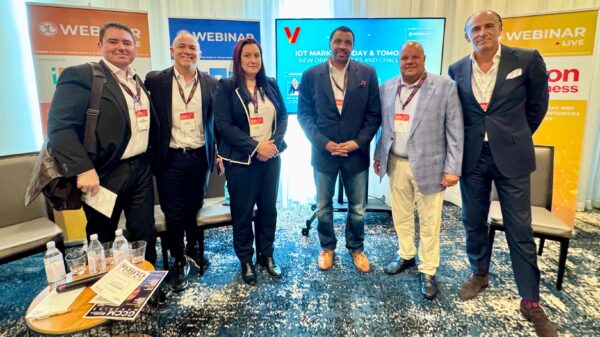
Verizon, NJFX, TaTa, Althea, and TeleCall IoT Market Panel
Red Sea conflict threatens Key Internet Cables. Maritime attacks complicate repairs on underwater cables that carry the world’s web traffic.
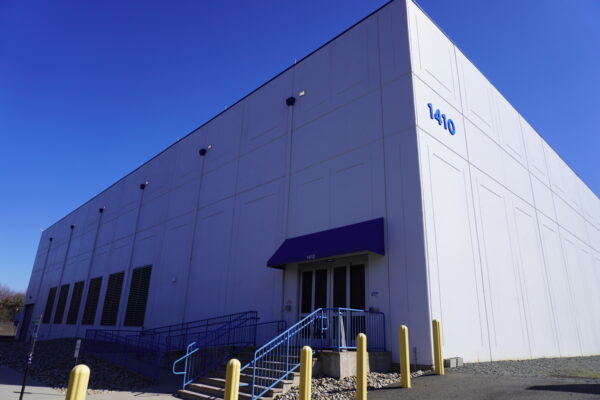
What is a cable landing station?
Red Sea conflict threatens Key Internet Cables. Maritime attacks complicate repairs on underwater cables that carry the world’s web traffic.

Gen AI requiring massive loads of power, water, and how US data centers are controlling
Red Sea conflict threatens Key Internet Cables. Maritime attacks complicate repairs on underwater cables that carry the world’s web traffic.

The Difference Between Deep Learning Training and Inference
Red Sea conflict threatens Key Internet Cables. Maritime attacks complicate repairs on underwater cables that carry the world’s web traffic.

What is Edge AI
Red Sea conflict threatens Key Internet Cables. Maritime attacks complicate repairs on underwater cables that carry the world’s web traffic.

AI Power Prices Shaping NY NJ Data Centers
Red Sea conflict threatens Key Internet Cables. Maritime attacks complicate repairs on underwater cables that carry the world’s web traffic.
NJFX Announces New Inter-Continental WAN Capabilities at WAN Summit 2019 Read More »

